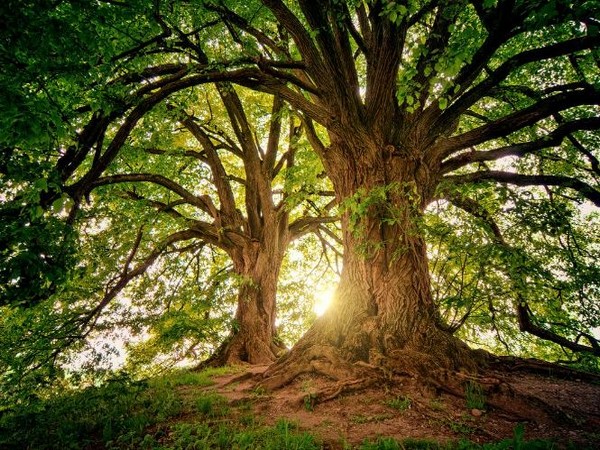A new study has found that climate change and increasing carbon dioxide levels in the atmosphere have increased the size of trees and other vegetation by 20 to even 30%.
Published in the Journal of Nature Communications, the study shows just how essential trees are in fighting climate change, with temperate forest groups registering an increase in wood volume compared to previous decades.
Co-author of the study, Brent Sohngen, said that forests are taking carbon out of the atmosphere at a rate of about 13% of our gross emissions.
Read also: Guterres says countries bound for COP27 must make climate action top global priority’
He explained that while trees have been proven to be some of our best weapons to fight climate change, the study’s findings show that they are uniquely equipped to handle carbon emissions.
According to him, this happens thanks to a phenomenon called carbon fertilization, which means that an increase of carbon dioxide in the air will increase a plant’s photosynthesis rate. In turn, that boosted photosynthesis will lead to enhanced plant growth.
A Phys.org report titled “Climate change is turning trees into gluttons” showed that over the last two decades, forests in the United States had sequestered about 700-800 million tons of carbon dioxide per year, which accounts for roughly 10% to 11% of the country’s total carbon dioxide emissions.
The report showed that while exposure to high levels of carbon dioxide can have ill effects on natural systems and infrastructure, trees have no issue gluttoning themselves on Earth’s extra supply of greenhouse gas.
“To put it in perspective, if you imagine a tree as just a huge cylinder, the added volume the study finds essentially amounts to an extra tree ring. Although such growth may not be noticeable to the average person, compared to the trees of 30 years ago, modern vegetation is about 20% to 30% bigger than it used to be,” the report showed.
The same report also has a comparison of cubic meters of wood per hectare of forest between 1997 and 2017 and notes that other factors like climate and pests can indeed affect a tree’s volume. Still, trees are primarily responsible for the change.
Story was adapted from Techthelead.
